Graphics Reference
In-Depth Information
V (X
2
+ Y
2
10.2.1. Example.
- 1) (The complex “circle”)
Analysis.
Replacing X by u +
i
v and Y by z +
i
w gives the equation
2
2
(
)
(
)
uv
+
i
++
zw
i
=
1.
Setting the real and complex parts of both sides of the equation equal gives
2
2
2
2
uvzw
-+- =.
1
(10.4)
and
uv
z+=0.
(10.5)
We shall try to analyze the space V(X
2
+ Y
2
- 1) by thinking of it as the set of
(u,v,z,w)-tuples in
R
4
defined by equations (10.4) and (10.5) and look at various sec-
tions of it. First, let us look at the three-dimensional slice w = 0. We get two equations
2
2
2
uvz
-+=
1
(10.6)
and
uv = 0.
(10.7)
Let
C
a
(e) denote the circle in the plane v = a defined by
{
}
()
=
(
)
22
22
C
a
e
uaz
,,
uz
+=++
1
ae
,
and let
C
a
=
C
a
(0). Let
H
be the hyperbola in the z-v plane defined by
2
2
zv
-=.
1
Then it is easy to see that the surface defined by equation (10.6) is just the union of
the circles
C
a
or, alternatively, the surface obtained by revolving the hyperbola
H
about
the v axis. See Figure 10.1(a).
Equation (10.7) defines two planes (u = 0 and v = 0). The intersection in
P
2
(
C
) of
the hyperboloid defined by (10.6) and these two planes is shown in Figure 10.1(b),
where
p
•
= [1,-1,0] and
p
¢
•
= [1,1,0] denote the two points “at infinity” associated to
H
. Geometrically, the points
p
•
and
p
¢
•
come from the two asymptotes of the hyper-
bola defined by the lines x = y and x =-y.
Next, consider the three-dimensional slice w = e. The two equations we have to
look at now are
2
2
2
2
uvz
-+=+
1
e
(10.8)
and
v
e
Ê
Ë
ˆ
¯
(10.9)
z
=-
u
.


